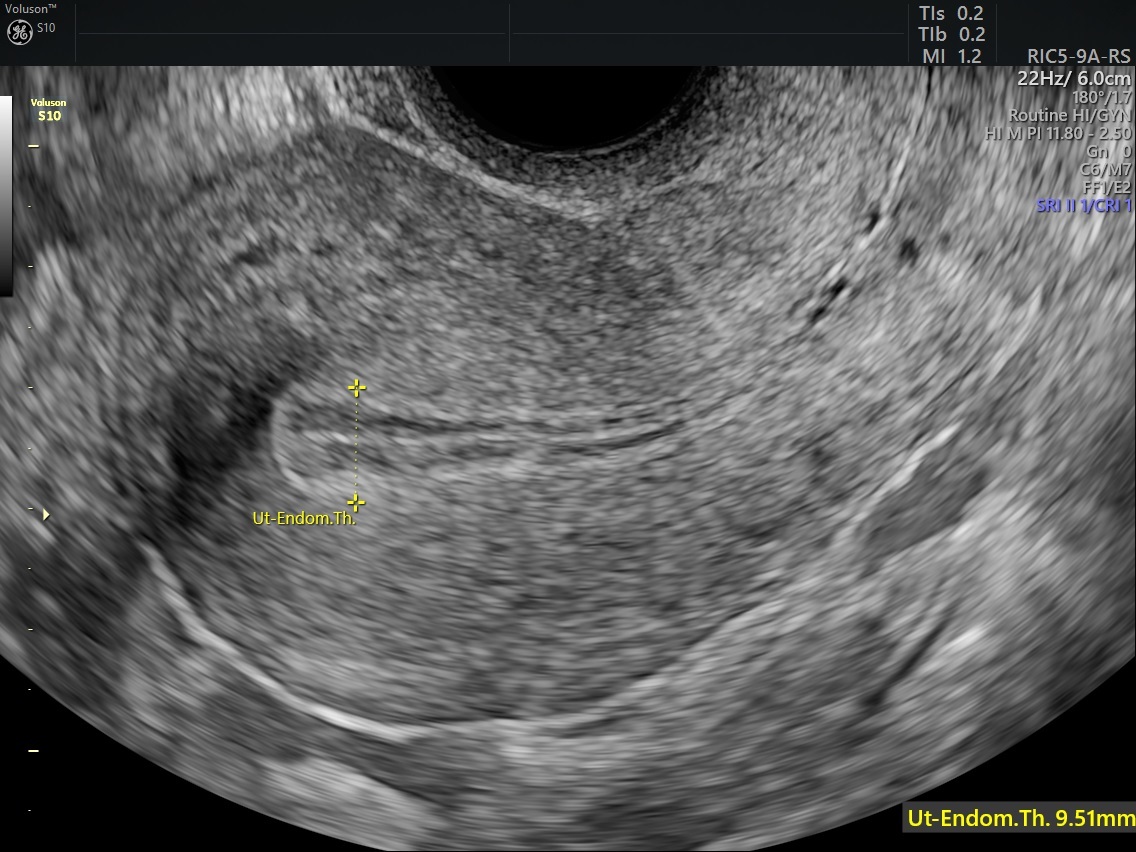Endometrial receptivity is essential for successful embryo implantation. Determining that receptivity, however, is a complex and imprecise process.
It's thought that many fertility issues may be linked to the degree of endometrial receptivity, especially for women with unexplained infertility. Scientists are exploring new markers that could help predict receptivity among women struggling to become pregnant. These four markers aren't yet diagnostic, but research shows they may reliably indicate underlying problems that affect fertility.
1. Alpha-V Beta-3 (αVβ3) Integrin
A variety of integrins play essential roles throughout the body; αVβ3integrin has been identified as a possible indicator of endometrial receptivity. This protein helps mediate cellular differentiation and adhesion, both of which are critical for successful embryo implantation. A study published in BMC Women's Health showed that women who are infertile have much lower levels of αVβ3integrin compared to fertile women.
Endometrial samples may be evaluated for αVβ3integrin using immunohistochemical testing. However, controversy still surrounds the use of this protein as a true marker of infertility, and no research to date has found it to be effective at predicting assisted reproductive technology (ART) or in vitro fertilization (IVF) success.
Until research proves that this integrin accurately predicts the extent of endometrial receptivity, it's best to advise patients that further testing may be needed.
2. L-Selectin
Several studies point to the glycoprotein L-selectin as a key factor in successful embryo implantation. Using immunostaining techniques, it's possible to detect the expression of L-selectin with MECA-79, an antibody that specifically recognizes this glycoprotein.
In a study published in Glycobiology, researchers demonstrated that endometrial samples with higher levels of L-selectin and its ligands were associated with increased rates of pregnancy. It remains unclear whether raised L-selectin levels are directly related to endometrial receptivity since abnormal expression of these types of glycoproteins could result from other underlying causes.
It may be beneficial to measure L-selectin levels in women with ongoing infertility problems. However, prescribing medications to boost L-selectin and ligand levels, such as letrozole, may not improve fertility rates. Further research is needed to determine L-selectin's exact role in endometrial receptivity.
3. Pinopods
During the window of implantation, small epithelial cellular protrusions known as pinopods appear on the endometrial surface. These protrusions are associated with changes in the endometrium in preparation for blastocyst implantation, but their exact function is unknown.
Systems Biology in Reproductive Medicine examined the effects of certain drugs on fertility and endometrial receptivity and found that the expression of well-formed pinopods was positively associated with increased fertility rates. It is possible to measure pinopod expression from endometrial tissue samples using scanning electron microscopy. However, as with other markers, more research is needed to link endometrial receptivity and pinopod expression.
4. Endometrial Thickness and Blood Flow Patterns
Transvaginal ultrasound provides an easy and effective method of measuring endometrial thickness. Doctors have been using endometrial thickness to predict endometrial receptivity for years. An endometrial thickness of less than or equal to 7 mm is associated with a significantly decreased likelihood of pregnancy, according to a study in Reproductive Biology and Endocrinology.

Endometrial Thickness Measurement
Ultrasound may also be used to evaluate subendometrial blood flow resistance index among women struggling to become pregnant. Studies indicate that patients with unexplained infertility, as well as those with unsuccessful ART or IVF experiences, typically have much less subendometrial blood flow.
Although markers such as pinopods may one day provide definitive diagnostic information, using ultrasound to measure endometrial thickness is still the most widely used method to assess endometrial receptivity. Further research is needed to determine the accuracy of other methods for predicting receptivity. You should discuss how these markers may help predict receptivity, but also be sure to let your patients know that this is not yet an exact science.




